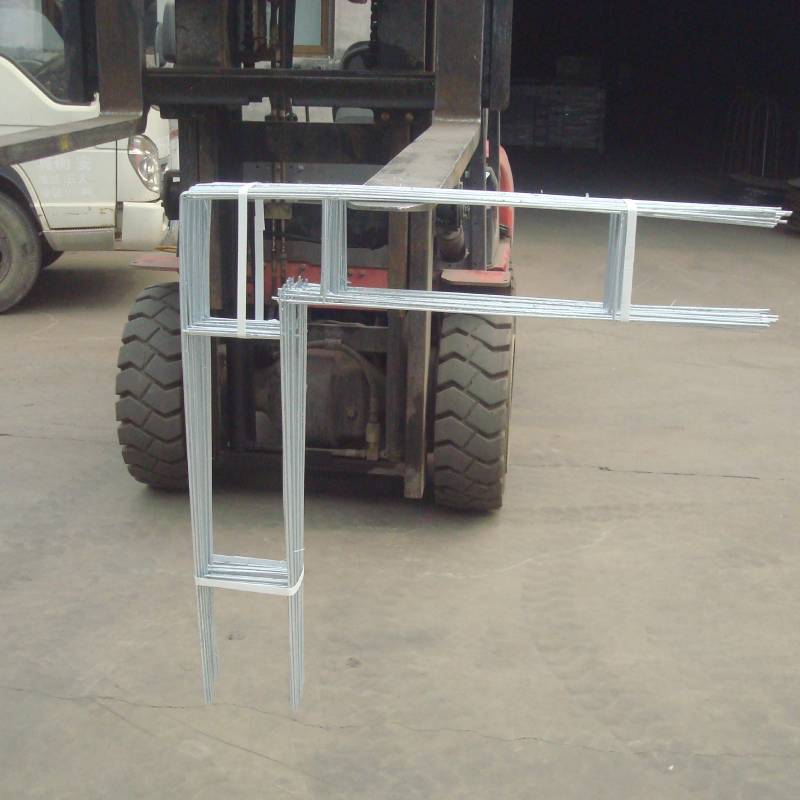
- Mobile Phone
- +8613931874955
- sales@cntcmetal.com
Creating a Root Ball Mesh for Enhanced Soil Stability and Plant Growth
Exploring the Root Ball Mesh A Crucial Element in Landscape Architecture
The root ball mesh is a significant yet often overlooked component in the field of landscape architecture and horticulture. This specialized mesh plays a vital role in the successful establishment and growth of plants, particularly trees and shrubs, by providing essential support to the root system during the transplanting process.
When plants are grown in nurseries, their roots tend to develop in a contained manner, forming what is commonly referred to as a root ball. This root ball is an aggregation of roots and surrounding soil that provides a means for the plant to anchor itself as well as to uptake nutrients and water from its environment. However, when these plants are uprooted and moved to a new location, their roots can be disturbed, causing stress and affecting their ability to adapt to the new soil conditions.
The root ball mesh serves as a protective barrier around the root ball, ensuring that the roots remain intact and the soil stays in place during transportation and planting
. Typically made from biodegradable materials, this mesh allows for air and water penetration while simultaneously providing physical support. This prevents soil erosion and helps maintain the structural integrity of the root system as the plant is integrated into its new setting.root ball mesh

Moreover, the use of root ball mesh can significantly enhance the survival rate of transplanted trees and shrubs. Studies have shown that when plants are properly balled and burlapped with mesh, the stress associated with transplantation is reduced. This allows for a smoother transition as the roots begin to explore the surrounding soil and establish new connections. The mesh aids in rooting growth, ultimately contributing to healthier and more resilient plants.
In addition to its functional benefits, the aesthetic aspect of root ball mesh should not be overlooked. It can be incorporated into landscape designs, providing a tidy appearance at the base of new plantings. As more landscape architects seek sustainable and environmentally friendly practices, biodegradable meshes are particularly appealing; they break down over time, enriching the soil without contributing to plastic waste.
In conclusion, the root ball mesh is a crucial tool in the repertoire of modern landscape architects and horticulturists. It enhances the transplanting process by protecting root systems, promoting healthy plant establishment, and supporting environmentally conscious practices. As we continue to prioritize sustainability in landscaping, the role of root ball mesh will likely become even more prominent, ensuring that our green spaces thrive for generations to come.
share:
-
Your Source for Concrete Wall Ties and Masonry AccessoriesNewsJul.10,2025
-
Unlocking the Power of Iron Wire for Every ProjectNewsJul.10,2025
-
Explore Advanced Chain Wire and Stainless Steel Mesh FencingNewsJul.10,2025
-
Discover the Benefits of Annealed Wire ProductsNewsJul.10,2025
-
Discover China Stainless Steel Wire Mesh SolutionsNewsJul.10,2025
-
Build with Confidence Using High-Performance Masonry AccessoriesNewsJul.10,2025
-
Why Sacrificial Formwork Is Redefining Underground ConstructionNewsJun.06,2025



















